
Smart Forfour Hatchback (2015-2019) verdict
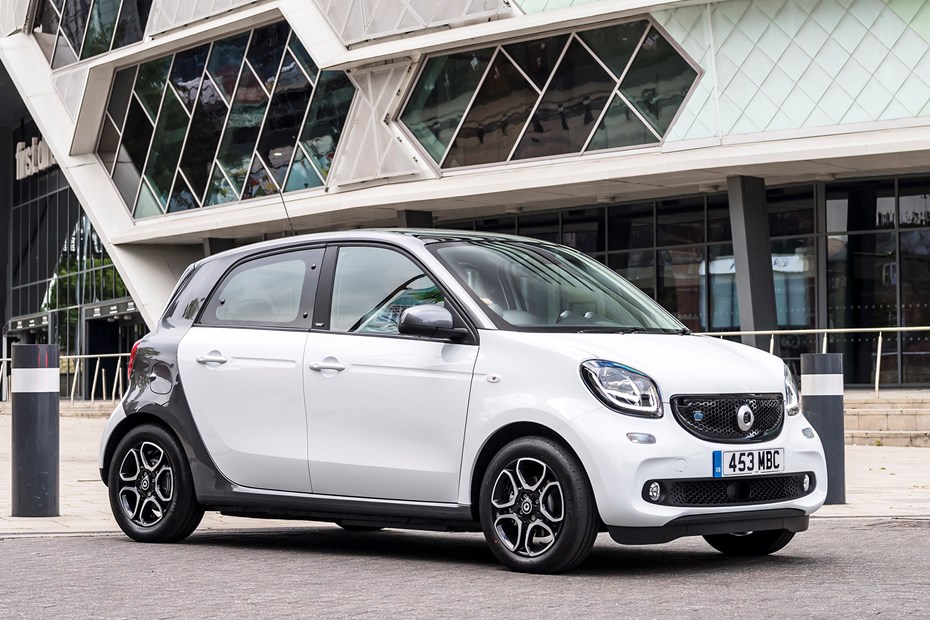
Should I buy a Smart ForFour?
If you’re happy with paying more to occupy less space on the road, then yes, because it’s a very intelligently designed small car.
This is one case where small does not mean cheap to buy, however, and while the premium price is reflected in some aspects of the design, other areas such as in-car technology feel quite dated now. Features such as Smart’s touch-screen infotainment and navigation feel a little crude and low-resolution against the latest smartphones, tablets and aftermarket infotainment systems that young buyers will be used to – and more importantly, the levels of polish present in slightly larger superminis in the same budget.
.jpg)
For the same price, you can get a VW Up (or clones such as the SEAT Mii and Skoda Citigo). a Ford Ka+, or larger budget superminis like the MG 3 or Dacia Sandero.
What the Smart Forfour does have is character, and lots of it. Rounded, upright styling and a funky approach to dashboard design and storage features lend the car a cartoonish, accessible feel bolstered by the rather smiley face created by the grille and snub nose. The ability to highlight the trademark Tridion ‘safety’ structure of the car in a separate colour to the doors and panels keeps the Smart identity clear too, though this car shares engineering with Renault’s similar-sized Twingo.
Outside of the city, the Forfour needs the 90hp engine
New Smart Forfours have a less complex range than you’ll find if looking at second-hand examples, starting with the choice of 1.0-litre 71hp or 0.9-litre turbo 90hp power. Either version comes with a five-speed manual, though automatic is available at extra cost, a six-speed dual-clutch type for efficiency. Non-turbocharged 1.0-litre versions go from slow, to lethargic if so equipped, as the 15.9s 0-62mph rises to 16.9 seconds.
There’s also a fully-electric version, initially called Electric Drive but now in-line with other Mercedes-Benz models this is sold under the EQ sub-brand.
Basic Prime trim comes with a panoramic-roof, but to get a touchscreen and convenience features you’ll want Premium or Premium Plus packs. The Urbanshadow edition has monotone paint and a solid metal roof, but comes with extra equipment included for the same on the road price as the entry-level Prime. Smart’s traditional approach to personalisation allows 42 combinations of two-tone paint finish on regular Forfours, whereas the Urbanshadow’s palette of grown-up rich metallics include the body-colour grille and mirrors, plus darker alloy wheels.
The Smart Forfour is fairly practical for four adults – and child seats, thanks to the wide-opening rear doors – or two adults and some luggage with the versatile seats folded or raised for extra space. Boot space suffers more than you’d expect otherwise, due to the rear-mounted engine. Unlike the Fortwo, the compromises made to shrink the Smart Forfour provide few advantages in the real world.
If you’re considering a used Smart Forfour, the Brabus is the one that makes the most sense – it’s entertaining well equipped and justifies the price premium.
You’re unlikely to get a huge discount on a new Smart, unless the combination you want is available from stock. Smart dealers are akin to a fashion boutique, and it’s usually an enjoyable experience browsing the range and configuring a Forfour. If you just want to pay and go, you’ll find good low cost PCP or personal lease deals on a more limited range of colours, check Parkers Dealwatch for discounts and promotions too.
Although you can get better value for money, performance and practicality from a small car for the same money, the Smart Forfour’s endearing character and clever use of passenger space is very appealing. Choose one that fits your personality, but we’d strongly recommend opting for the 90hp turbo regardless of trim and gearbox, unless you never leave the city – in which case, the EQ Forfour may be more cost-effective and purposeful.




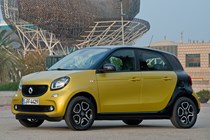
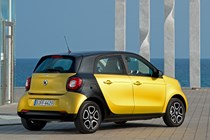
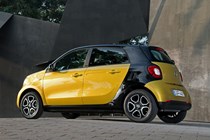
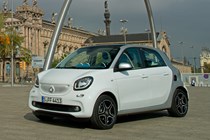
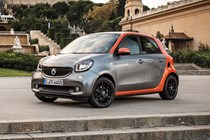
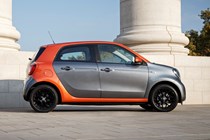
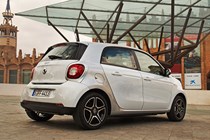
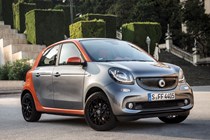
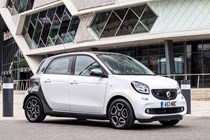
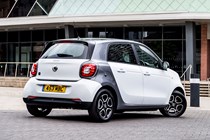
.jpg)
.jpg)
.jpg)
.jpg)
.jpg)
.jpg)
.jpg)
.jpg)
.jpg)
.jpg)
.jpg)
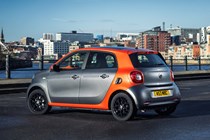
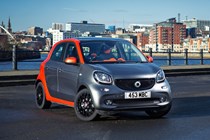
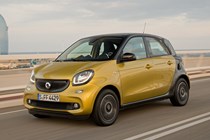
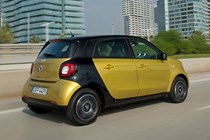
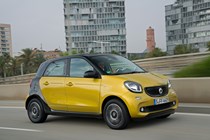
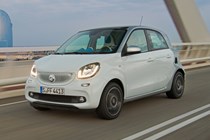
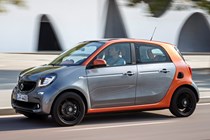
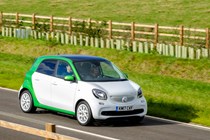
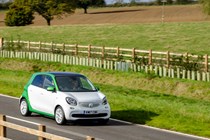
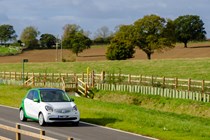

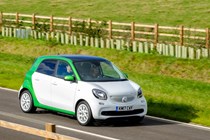

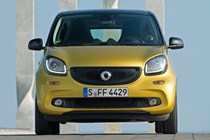
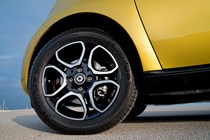
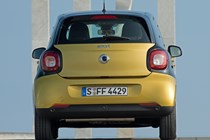
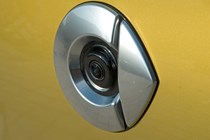
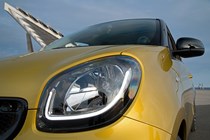
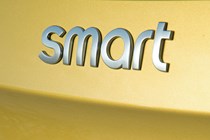
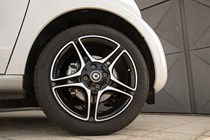
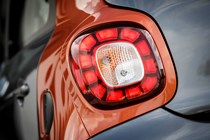

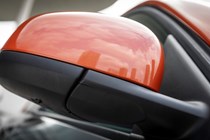

.jpg)
.jpg)
.jpg)
.jpg)
.jpg)
.jpg)
.jpg)
.jpg)
.jpg)
.jpg)
.jpg)
.jpg)
.jpg)
.jpg)
.jpg)
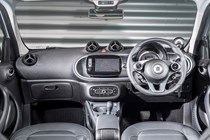
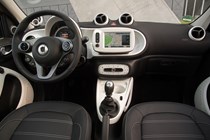
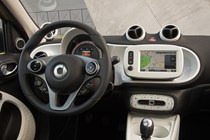
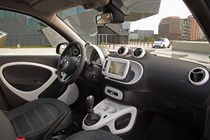
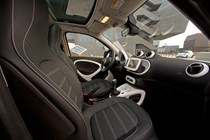
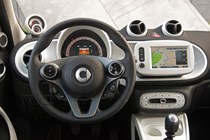
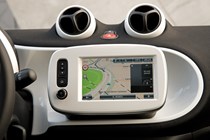
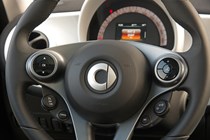
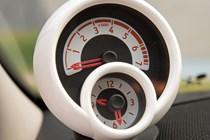
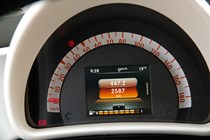

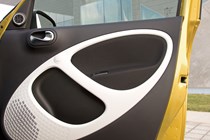
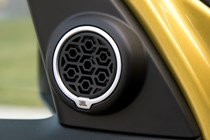
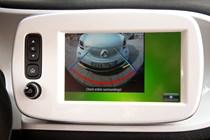
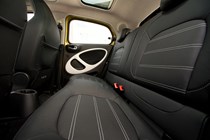
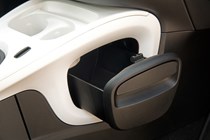


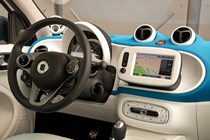
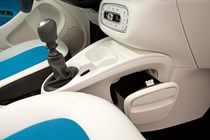
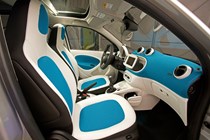
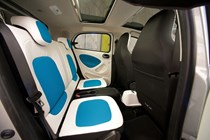
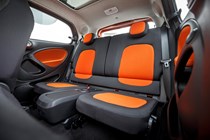
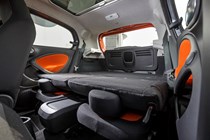

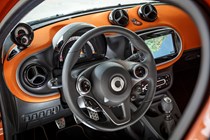
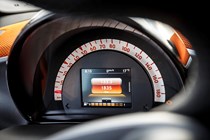
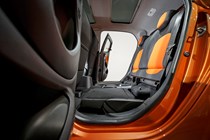
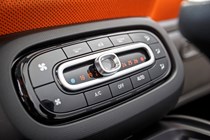

.jpg)
.jpg)
.jpg)
.jpg)
.jpg)
.jpg)
.jpg)
.jpg)
.jpg)
.jpg)
.jpg)
.jpg)
.jpg)
.jpg)
.jpg)
.jpg)
.jpg)
.jpg)
.jpg)
.jpg)
.jpg)
.jpg)
.jpg)
.jpg)
.jpg)
.jpg)
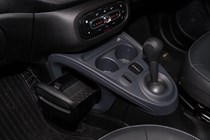
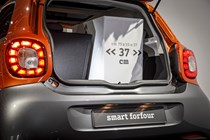
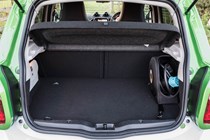
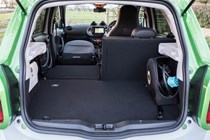
.jpg)
.jpg)
.jpg)
.jpg)
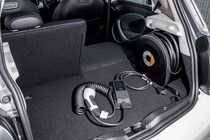
.jpg)
.jpg)
.jpg)
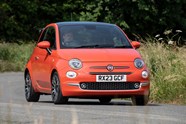
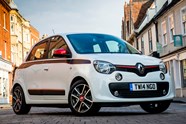
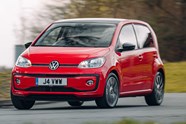











.jpg?quality=50)
.jpg?quality=50)
.jpg?quality=50)
.jpg?quality=50)
.jpg?quality=50)
.jpg?quality=50)
.jpg?quality=50)
.jpg?quality=50)
.jpg?quality=50)
.jpg?quality=50)
.jpg?quality=50)
























.jpg?quality=50)
.jpg?quality=50)
.jpg?quality=50)
.jpg?quality=50)
.jpg?quality=50)
.jpg?quality=50)
.jpg?quality=50)
.jpg?quality=50)
.jpg?quality=50)
.jpg?quality=50)
.jpg?quality=50)
.jpg?quality=50)
.jpg?quality=50)
.jpg?quality=50)
.jpg?quality=50)






























.jpg?quality=50)
.jpg?quality=50)
.jpg?quality=50)
.jpg?quality=50)
.jpg?quality=50)
.jpg?quality=50)
.jpg?quality=50)
.jpg?quality=50)
.jpg?quality=50)
.jpg?quality=50)
.jpg?quality=50)
.jpg?quality=50)
.jpg?quality=50)
.jpg?quality=50)
.jpg?quality=50)
.jpg?quality=50)
.jpg?quality=50)
.jpg?quality=50)
.jpg?quality=50)
.jpg?quality=50)
.jpg?quality=50)
.jpg?quality=50)
.jpg?quality=50)
.jpg?quality=50)
.jpg?quality=50)
.jpg?quality=50)




.jpg?quality=50)
.jpg?quality=50)
.jpg?quality=50)
.jpg?quality=50)

.jpg?quality=50)
.jpg?quality=50)
.jpg?quality=50)